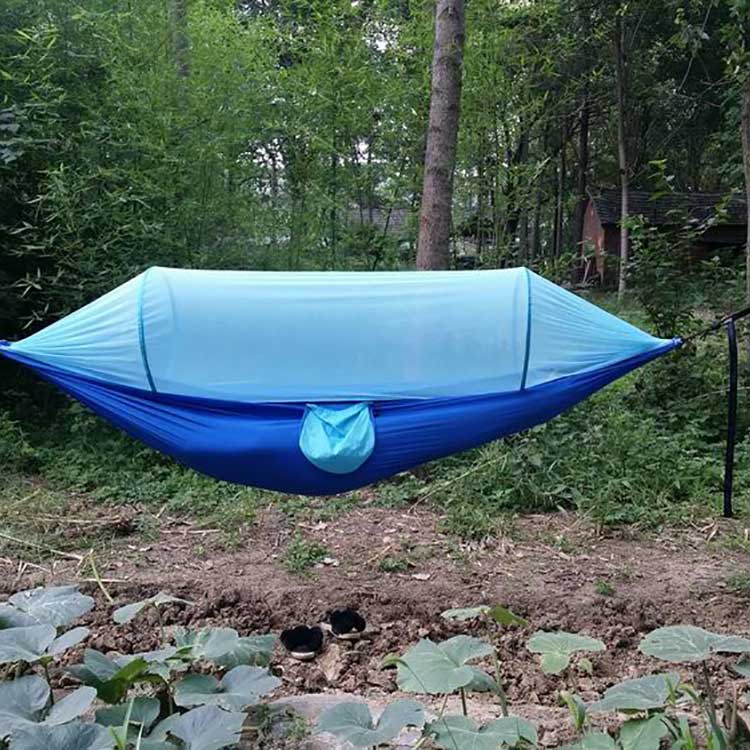Enjoy the Outdoors with a Camping Hammock
2025-03-24
Camping hammocks have become a favorite among outdoor enthusiasts, offering a comfortable and relaxing way to enjoy nature. Whether you are backpacking in the mountains, camping by a lake, or just spending a lazy afternoon in the backyard, a hammock provides a lightweight and versatile alternative to traditional tents. With various styles and features available, choosing the right one can enhance your outdoor experience.
Benefits of Using a Camping Hammock
One of the biggest advantages of a camping hammock is its portability. Unlike bulky tents, hammocks are lightweight and compact, making them easy to carry on hiking or camping trips. Many models come with a stuff sack for convenient packing, saving space in your backpack.
Another key benefit is comfort. Sleeping in a hammock keeps you off the hard, uneven ground, eliminating the discomfort of rocks, roots, and damp soil. A well-designed hammock supports the body naturally, reducing pressure points and improving sleep quality.
Hammocks also offer versatility. They can be set up between trees, posts, or even specialized stands, allowing for flexibility in various environments. Many camping hammocks include built-in mosquito nets and rain tarps for extra protection against insects and bad weather.
Choosing the Right Camping Hammock
When selecting a camping hammock, the material is an important factor. Lightweight yet durable fabrics like nylon and polyester are ideal for outdoor use. Ripstop nylon, in particular, offers extra strength and resistance to wear and tear.
Size is another consideration. Single hammocks are great for solo campers, while double hammocks provide extra space for added comfort or for two people to share. Checking the weight capacity ensures the hammock can support the intended load safely.
Hammocks with suspension systems, such as tree straps and carabiners, make setup quick and easy. Adjustable straps allow for flexibility in different terrains, ensuring a secure and stable setup.
For those camping in areas with insects, a hammock with an integrated mosquito net is a must. This feature helps keep bugs away, making nighttime rest more comfortable. Similarly, a rainfly or tarp adds protection against unexpected weather changes, keeping the user dry and sheltered.
Tips for Setting Up a Camping Hammock
Finding the right location is essential for a comfortable setup. Look for strong, healthy trees spaced about 10 to 15 feet apart. Avoid dead or weak branches that could break under pressure.
Hanging the hammock at the correct height and angle improves comfort. Ideally, the straps should form a 30-degree angle with the tree, and the hammock should sit about 18 inches above the ground when occupied.
Using tree-friendly straps helps protect the environment by preventing damage to tree bark. Wide straps distribute weight evenly, minimizing the impact on trees and ensuring responsible camping practices.
Conclusion
A camping hammock is an excellent way to relax and sleep outdoors while staying comfortable and lightweight. With the right material, size, and features, it can provide a perfect balance of convenience and durability. Whether for solo adventurers or group campers, a well-chosen hammock enhances any outdoor experience, making nature even more enjoyable.



